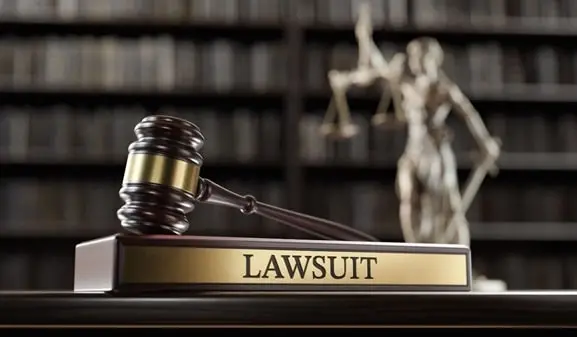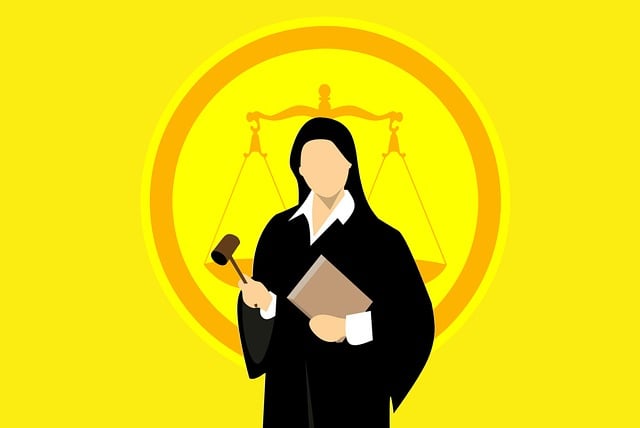Amazon, one of the largest e-commerce platforms globally, is currently embroiled in a class action lawsuit concerning its Prime subscription service. The lawsuit, filed by users in January 2024, raises significant allegations about misleading advertising and unexpected fees associated with its Prime Video service. The primary contention revolves around Amazon’s recent decision to introduce ads into the Prime Video experience, which had previously been marketed as ad-free.
Background of the Amazon Prime Class Action Lawsuit
In early 2024, Amazon announced that Prime Video would begin showing ads to subscribers unless they opted to pay an additional fee of $2.99 per month to avoid commercials. This change was met with backlash, as many subscribers felt misled by what they perceived to be a fundamental alteration to the service for which they had already paid.
The lawsuit claims that this fee constitutes a breach of contract, arguing that consumers who signed up for Amazon Prime expected an ad-free viewing experience based on the marketing and promises made at the time of their subscription.
Key Allegations in the Lawsuit
The class action highlights several critical allegations against Amazon:
- Misleading Advertising: Plaintiffs argue that Amazon’s marketing of Prime Video as “commercial-free” for years created a reasonable expectation among consumers that their subscription included ad-free streaming. The introduction of ads, therefore, is seen as deceptive.
- Breach of Contract: The lawsuit asserts that Amazon has violated the terms of its agreements with subscribers by altering the service without proper notification and by imposing additional fees for features that were previously included in the subscription price.
- Consumer Protection Violations: The plaintiffs contend that Amazon’s practices violate consumer protection laws, particularly regarding how the changes were communicated to users and the misleading nature of the ads.
Legal Framework and Implications
Consumer Protection Laws
The class action lawsuit is rooted in various consumer protection statutes that prohibit misleading advertising and unfair business practices. In this case, the plaintiffs reference laws that protect consumers from deceptive practices, arguing that Amazon’s changes to Prime Video fall within these prohibitions. If the court finds in favor of the plaintiffs, it could set a significant precedent regarding the obligations of subscription services to maintain transparency with their customers.
Potential Outcomes of the Lawsuit
The outcomes of this lawsuit could have wide-ranging implications for Amazon and other subscription-based services. Possible consequences include:
- Financial Compensation: If the plaintiffs win, Amazon may be ordered to pay damages to affected subscribers. This could include refunds for those who feel they were misled by the advertising.
- Changes to Marketing Practices: Amazon may be required to alter its advertising strategies to ensure that future promotions are clear and not misleading regarding the features of its services.
- Increased Regulatory Scrutiny: A ruling against Amazon could lead to heightened scrutiny from regulatory bodies concerning advertising practices across the subscription service industry.
Broader Implications for Subscription Services
The legal challenges facing Amazon reflect a growing trend of scrutiny over subscription models, particularly regarding how companies market their services and communicate changes to consumers. Other subscription services, especially in the competitive streaming market, may find themselves under similar scrutiny, prompting them to ensure that their marketing is transparent and accurate.
- Industry Standards: A successful lawsuit against Amazon could raise the bar for industry standards, compelling companies to be more forthcoming about what their subscription fees cover.
- Consumer Awareness: As more consumers become aware of these legal challenges, it may prompt them to take a closer look at the terms of their subscriptions, leading to increased demands for clarity and honesty from companies.
Advice for Affected Consumers
For current Amazon Prime subscribers concerned about these developments, here are some steps to consider:
- Stay Informed: Keep an eye on updates regarding the lawsuit and any changes Amazon may implement as a result. This information can help you understand your rights as a consumer.
- Review Subscription Terms: Familiarize yourself with the terms of your subscription, especially regarding ad policies and cancellation procedures. Understanding these terms can help you navigate any changes that occur.
- Document Your Experience: If you believe you’ve been unfairly charged or misled, document your experience, including receipts and communication with Amazon. This documentation may be useful if you decide to join the lawsuit or file a complaint.
- Consider Your Options: If you are unhappy with the changes, consider whether to continue your subscription or explore alternatives that better align with your expectations for ad-free content.
Conclusion
The Amazon Prime class action lawsuit raises critical questions about consumer rights, advertising ethics, and corporate accountability in the subscription service industry. As the case progresses, it will serve as a litmus test for how companies communicate changes to their offerings and the extent to which they can alter service terms without adequate notice to consumers. The outcome of this lawsuit may not only impact Amazon but could also set a precedent affecting subscription-based services across various sectors.
For those affected by the changes, understanding the implications of the lawsuit and staying informed will be essential in navigating this evolving landscape.


